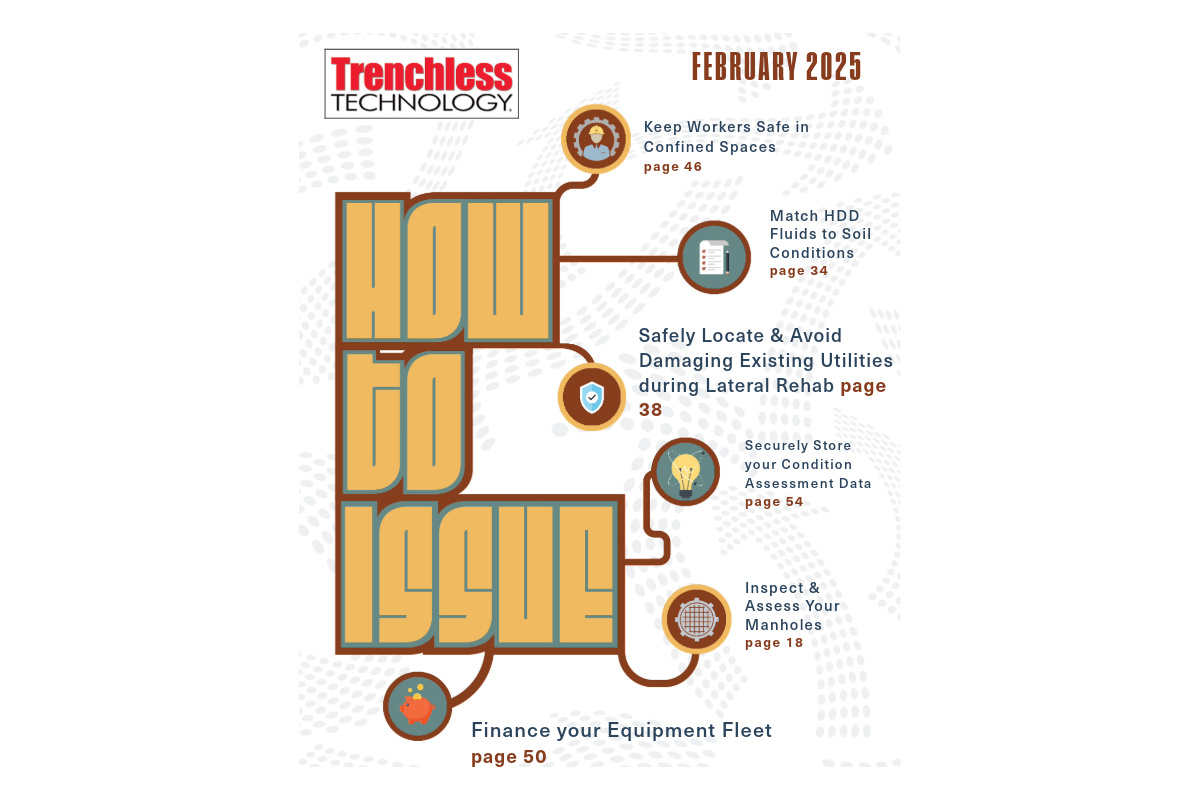Trenchless Technology to Help Mumbai Infrastructure
The BMC is now looking at trenchless technology to facilitate repair on the century-old sewer line under Pedder Road, according to the Times of India.
The `pipe- bursting’ technology involves shattering the existing pipe into small pieces, which are then pushed into the surrounding soil. A new wider pipeline is then pushed through a boring hole.
“The technology does not require excavation on the road as a trenchless sewer can be successfully put in and replaced and, at same time, vehicles can ply on the road above,” said a senior BMC official.
After traffic came to a near standstill just 48 hours after work on the Pedder Road pipeline had begun, civic officials are now exploring other technologies in the hope of easing public discomfort.
Initially, the BMC had even requested combat engineers of the Indian Army, the Bombay Sappers, to set up a pre-fabricated Bailey bridge over the 240m-stretch on Pedder Road. But the proposal did not work out after army turned it down citing several factors.
Each panel of the bridge is about 3m long and 30m wide, which means that only three vehicles could pass over it at a time. “The speed of these vehicles can’t be more than 20kmph. Moreover, construction of a bridge takes nothing less than two months. Considering all these factors, it is not feasible to construct the bridge on Pedder Road,” said D L Shinde, deputy municipal commissioner (engineering).
The pipe bursting technique has been successfully used in Europe and the United States, but officials of the BMC’s sewerage operation department said that they still need to do a feasibility study. “In some cases, the conventional open-and-cut method cannot be avoided,” said one official. The cost estimated for the technique is on the higher side. “Using the technology on one square metre would cost us nothing less than a lakh,” said a BMC official.
Meanwhile, the BMC has said that it will appoint the Veermata Jijabai Technological Institute (VJTI) to study the entire Jacob Circle area, where part of a road caved in on Tuesday morning. Last year alone, four instances of cave-ins on the road were reported.
![]()


